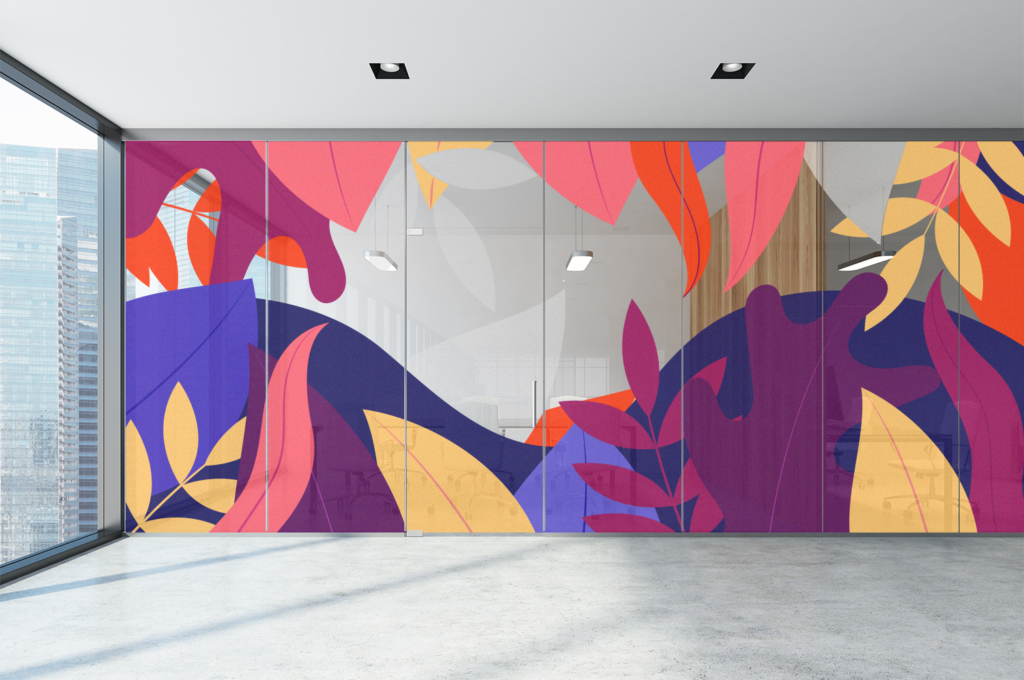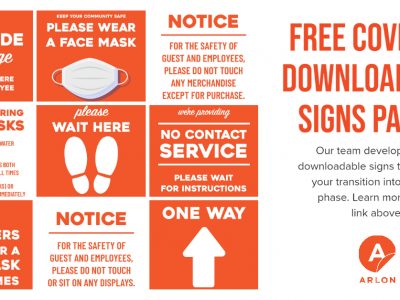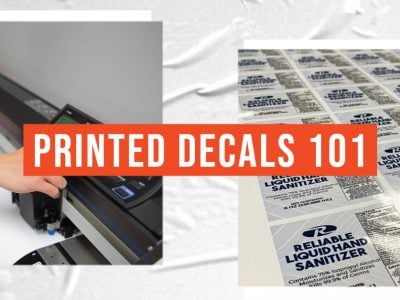Nowadays, there are endless types of application tapes on the market, and spending time deciding on which one to use can take up valuable install time. To help you speed up the process, we’ve compiled a comprehensive basic guide with everything you need to know about application tape — from the different types to how to choose the right one for your next project.
What is Application Tape?
Application tape (app tape for short) is “a pressure-sensitive tape used to transfer cut vinyl graphics and printed films from their release liners to the application substrate.” Depending on its use, app tapes can be categorized as premask, pre-spacing tape, or transfer tape.
- Premask – covers the entire panel of a graphic film and protects during storage, transport, and handling. It also provides extra stiffness to graphics with a liquid laminate instead of a film overlaminate.
- Pre-spacing Tape – used to mask cut graphics. It maintains the relative alignment and spacing between the letters and emblems within the same panel.
- Transfer Tape – tape for heat transfer graphics commonly used for custom apparel.

Choosing the Right Application Tape
When choosing the right application tape, these are the questions you need to ask:
Is it for pre-masking or pre-spacing?
The premask for UV-inks may be different from other ink types, as well as premasks for liquid laminated graphics vs. film overlaminates. The amount and type of liner exposed will also affect what kind of pre-spacing tape to use. For release liners with air egress, make sure to choose a tape designed to adhere to them. Etched glass films or any graphic with a textured finish require special app tapes.
How will the graphics be stored and transported?
Almost all tapes are okay to be stored for a short period or transporting graphics stacked and flat. However, some graphic providers produce a large batch of graphics and will sit on the shelf for months. Make sure to choose an application tape that will not permanently bond to the graphic over time. Avoid storing the graphics in high heat or prolonged sunlight. For graphics that must be rolled for transport, choose a tape that will adhere well to exposed liners. Always roll the graphics with the masked side out and at least 6 inches in diameter.
Is the release liner easy or hard to remove?
If the graphics have a tight liner release, you may need to use a high tack tape to peel it off the liner. If the graphic is not releasing from the liner, flipping the graphic liner side up and peeling off the liner works most of the time. Always test the cut force before running a cut job and only use enough force for the film to weed well but not cut into the release liner.
Is the application surface low surface energy or textured?
Ultimately, the graphic needs to adhere to the application surface more than the tape adhering to the graphic. So, if you use a high tack app tape, in the case with low surface energy substrates, you might peel off the graphic with the app tape. You can wait and let the adhesive build or assist the adhesion with little heat. One pro tip for paper app tapes is to spray water on its face and let it soak to 20-30 seconds to weaken the tape’s adhesive. For textured substrates, you might be better off with a low or medium tack tape because the graphic’s adhesive will not have enough surface contact to establish excellent adhesion.
Applying App Tape
Application tape is typically applied by hand. However, for large panels, we recommend using a roll-to-roll laminator or lamination table such as the Rollsroller3 or CWT4. When using these tables, make sure that the app tape is applied without tension, so the graphic remains flat and does not peel off the edges.
While It might be tempting to only have a single application tape for all your projects, it’s essential to make sure you’re choosing the right application tape for a successful install. Make sure to consider the tape’s capability in storage, handling, and final application, not just if it will stick on your graphic. Want to learn more vinyl basics? Check out our Basic Guide to Registering Vinyl Graphics




Great information, Thanks for this info.
We’re glad you liked it!